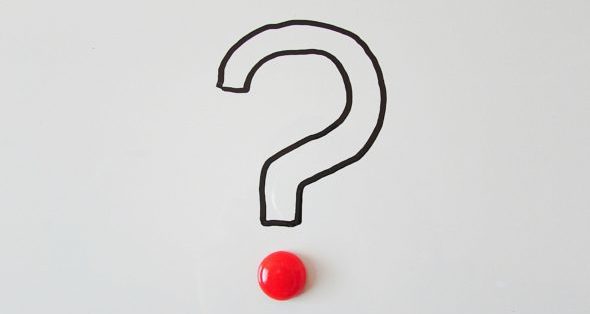
What’s a vulva?
Great question! The vulva is the external genitalia of people who have vaginas (or who were assigned female at birth). External just means that you can see it—it’s outside your body, rather than inside. The vulva is not one body part, but several: the labia, the clitoral glans, the mons pubis, the vaginal opening, and the opening to the urethra.
Often, people say “vagina” when they really mean the vulva.
But the vagina is actually part of your internal genitalia. It’s the canal that period blood (or menstrual blood) flows out of, that babies are born from during natural births, and where the penis is inserted during penis-in-vagina sex. But the vagina isn’t the only part of your sexual anatomy that deserves some love. The vulva plays super important roles in pleasure, reproduction and overall health!
Because sex is still considered taboo in a lot of communities, talking about genitals can feel embarrassing or even scary. Remember that understanding your body (including your genitals) is an important part of taking care of it. Your body is unique and nothing to be embarrassed about.
If you have a vulva, get to know it! You can use a handheld mirror to check it out—just wash your hands first. Remember that your vulva isn’t supposed to look a specific way. Just like everybody’s hair, eyes and noses look different, everybody’s vulvas look different too!
Let’s get you introduced to the different parts of the vulva!
The diagram below will help you understand where everything is located. The anus and the perineum (the skin between the vaginal opening and the anus) aren’t technically part of the vulva.
Also keep in mind that this illustration is showing just one vulva, simplified and stripped of pubic hair to make the different parts clear. In real life, vulvas have pubic hair (if the person has gone through puberty and doesn’t shave or remove it) and look lots of different ways!

The labia are the “lips” around the vaginal opening. There are two sets: the labia majora (the outer set) and the labia minora (the inner set). The labia majora grow pubic hair after puberty, while the labia minora do not. Sometimes, the labia minora are larger than the labia majora. Other times, they’re much smaller. They can be dark or light, wrinkly or smooth. Every body is different!
The labia are important because they help keep harmful bacteria out of the vagina. They also get sensitive and puffy when you’re aroused (or turned on), which can make sex feel more pleasurable.
The mons pubis is the fleshy mound of skin at the top of your vulva, just above your clitoral glans. It protects the pubic bone, and begins to grow hair during puberty. Sometimes, it’s just called the mons.
The clitoral glans is the tip of the clitoris, located near the top of the vulva, below the mons and above the urethra. It’s a small “button,” partially covered by the clitoral hood. Most of the clitoris is inside your body. The clitoris is unique because it exists only for sexual pleasure! If you have one, you may notice that touching it creates a tingly feeling, or makes you feel turned on. Sometimes, touching it directly can feel overwhelming or even painful, because it’s so sensitive. Learn more about the clitoris.
The urethra is a very small opening just above the vaginal opening. It’s where you urinate (pee) from. In the diagram above, it’s called the “opening from bladder.”
The vaginal opening is a much larger opening below the urethra and above the anus. It’s exactly what it sounds like—the entry point to the vagina!
Learn more about the vulva and internal genitalia.
10-22 years old in NYC and have more questions about your body? Call (212) 423-3000 to make a free, confidential appointment at the Mount Sinai Adolescent Health Center. No judgment, no charge.


